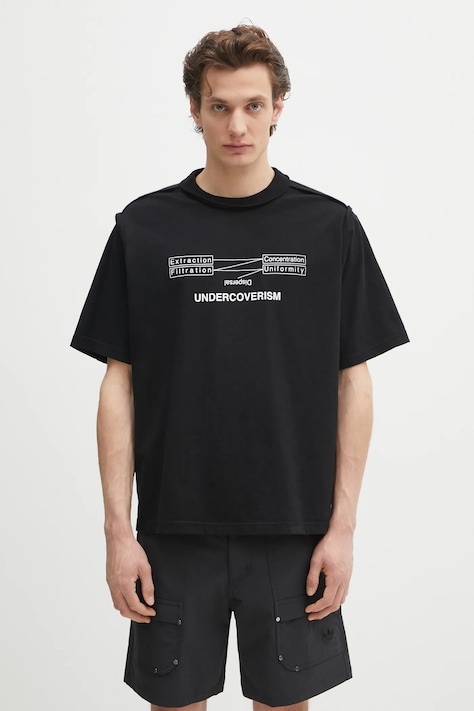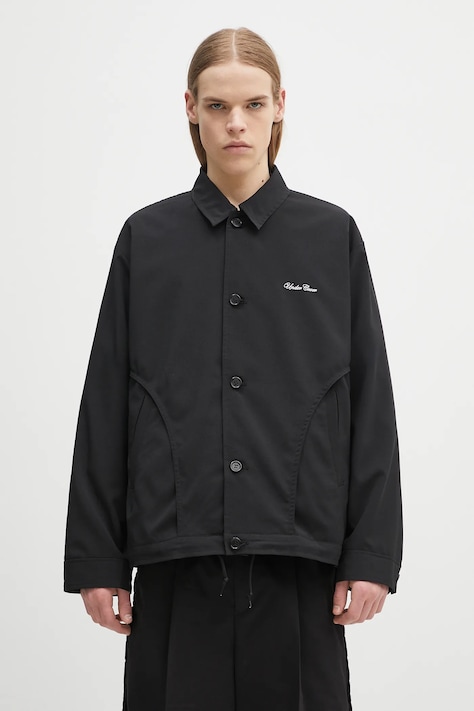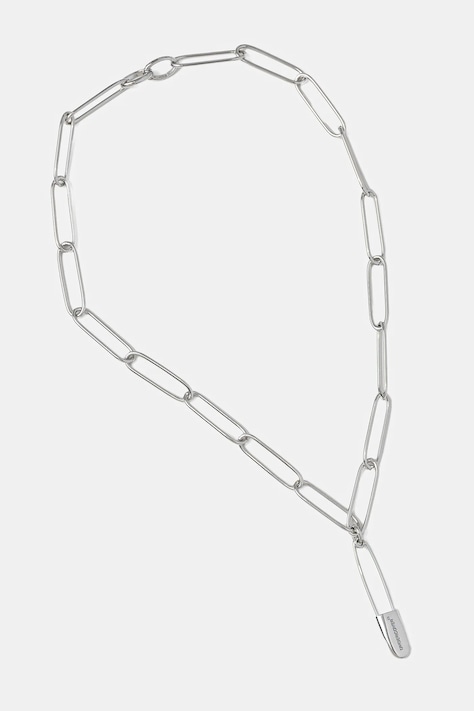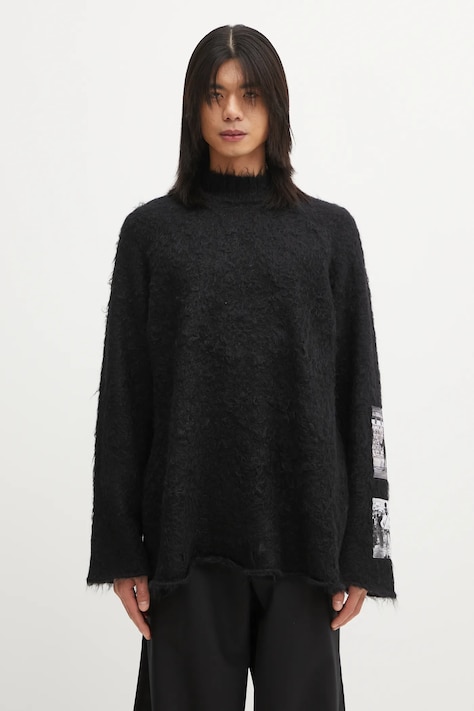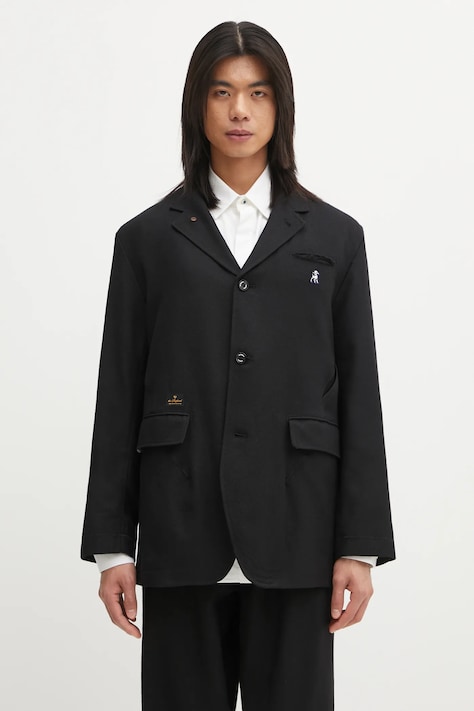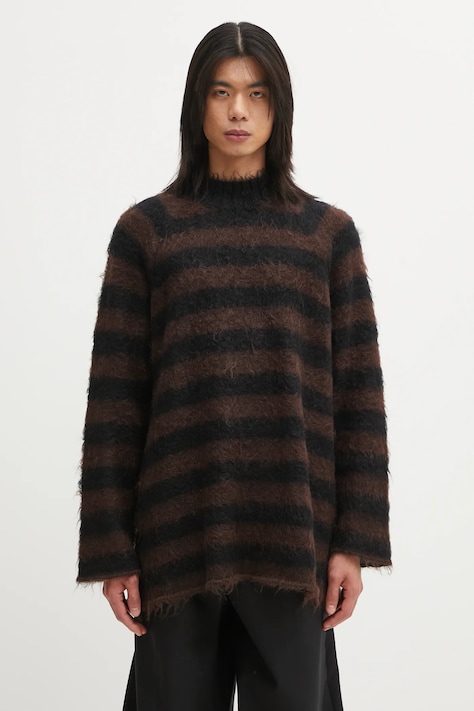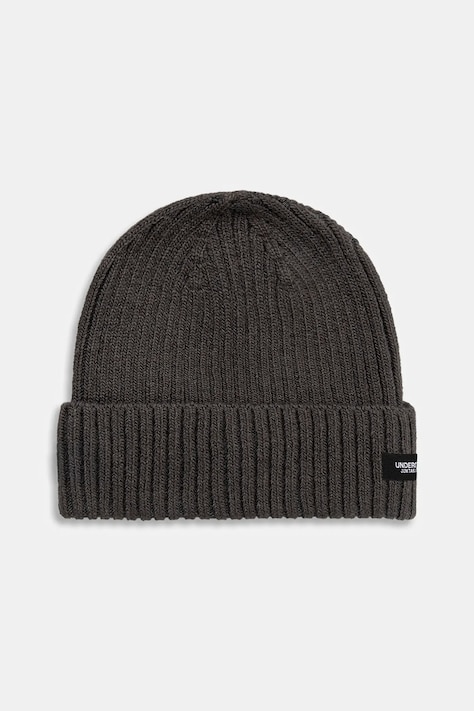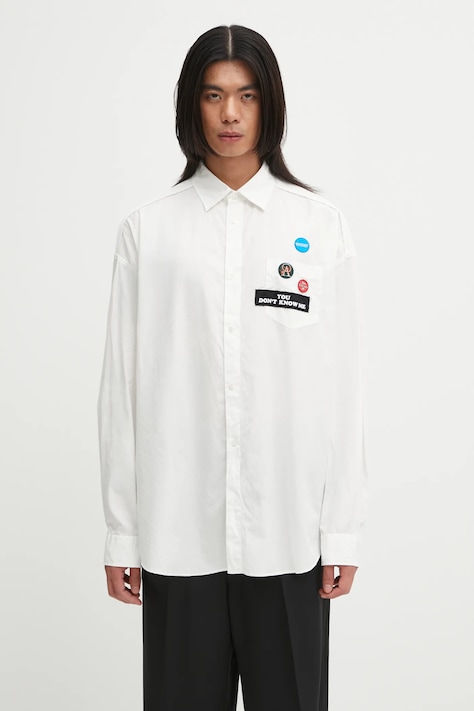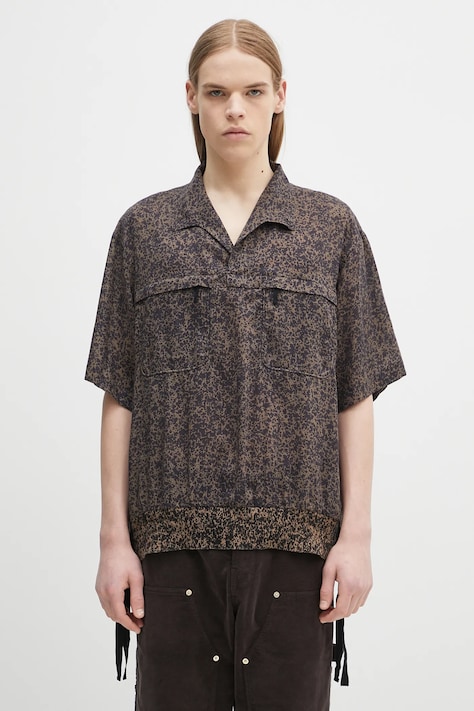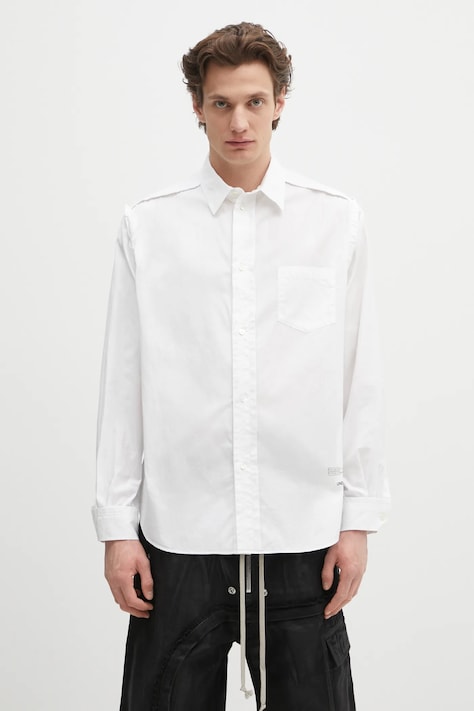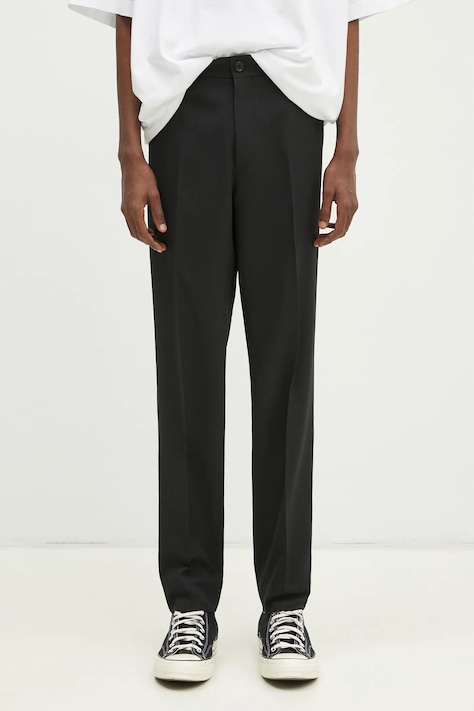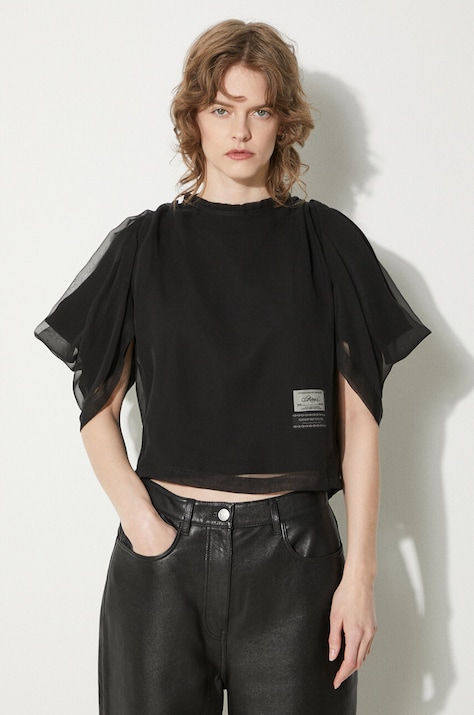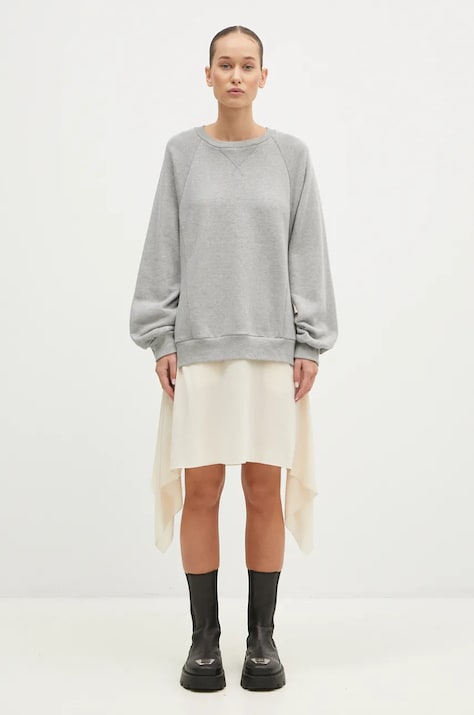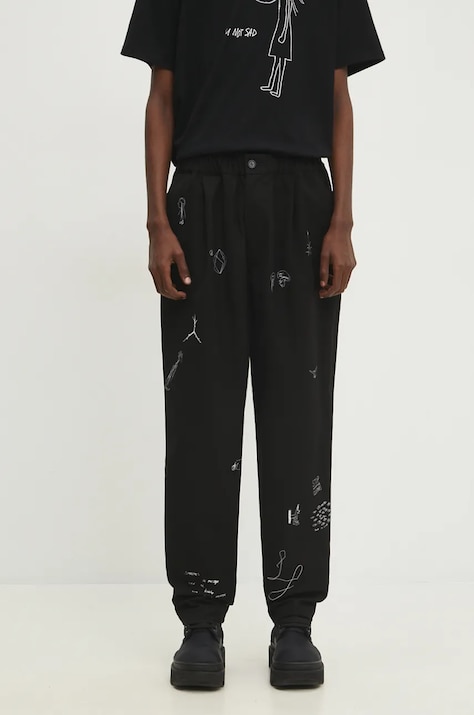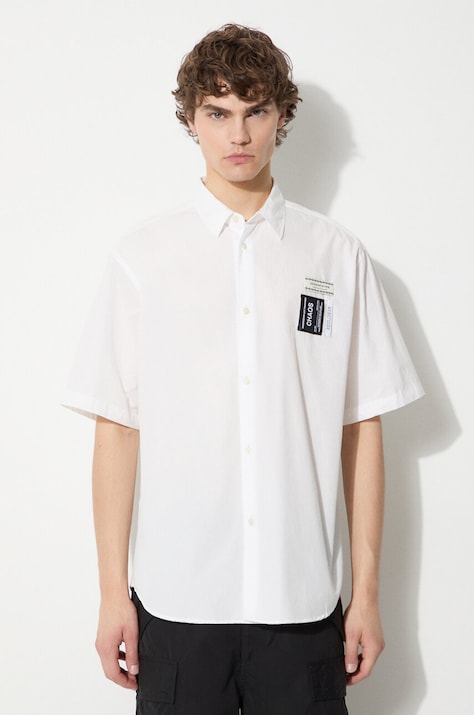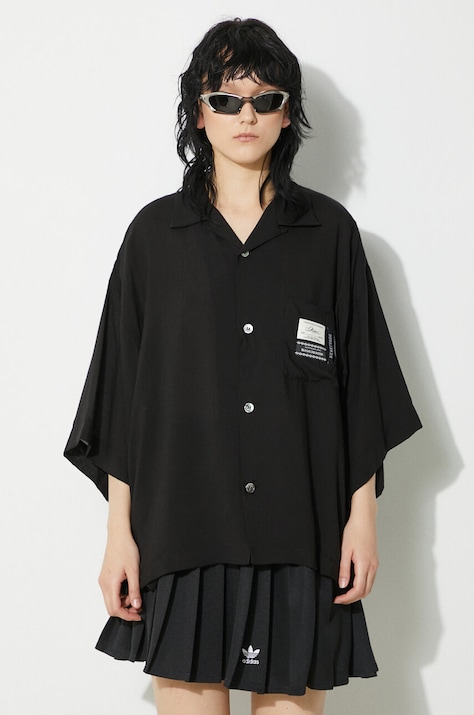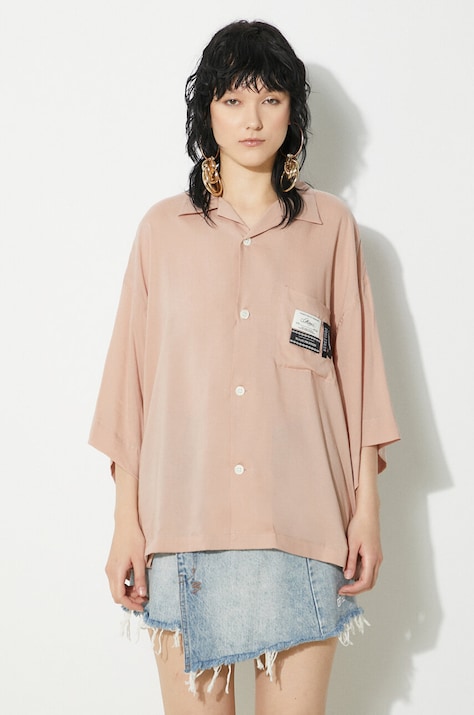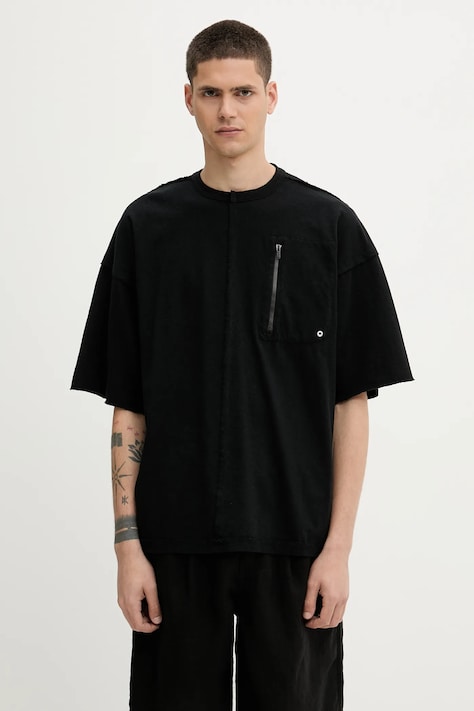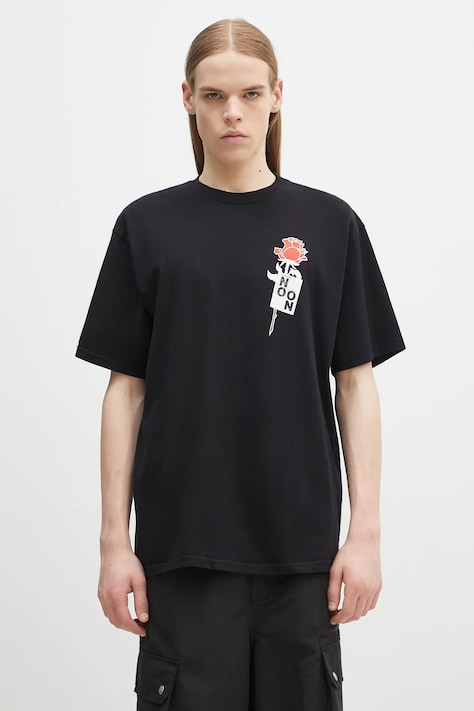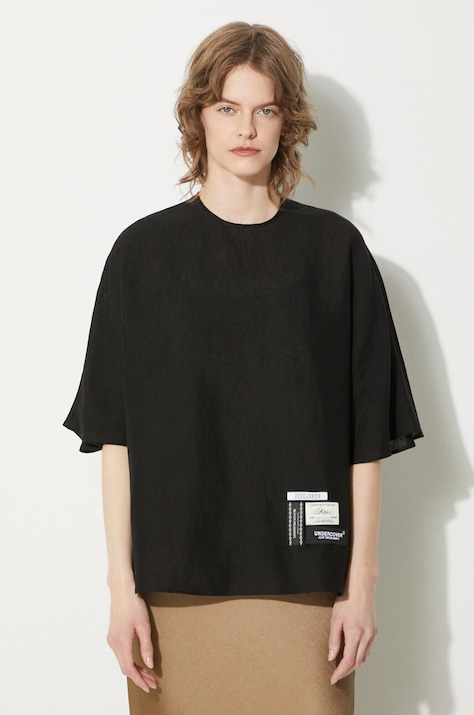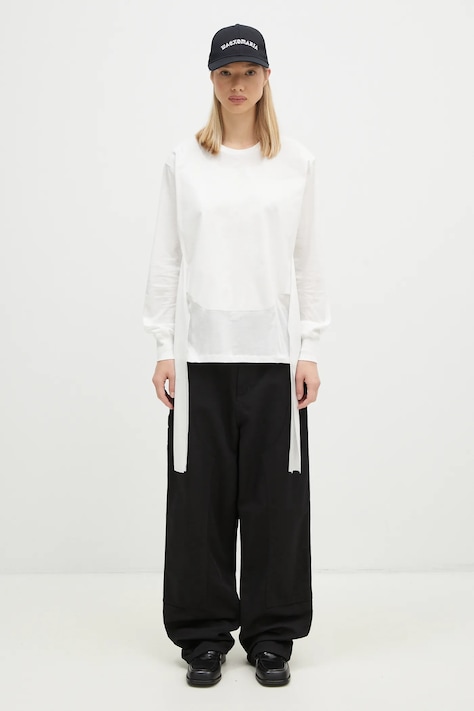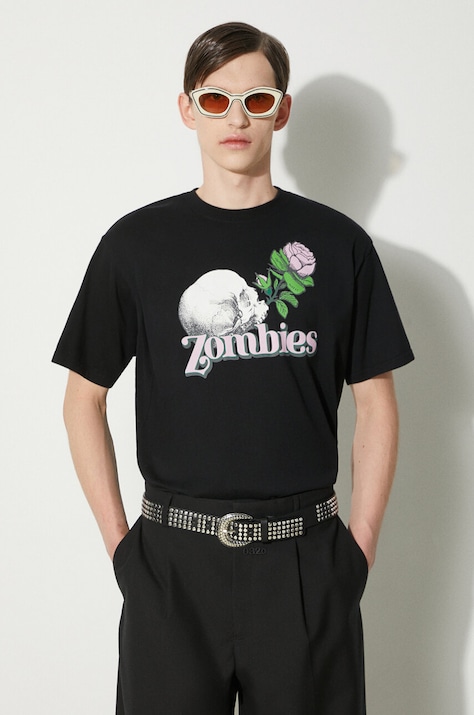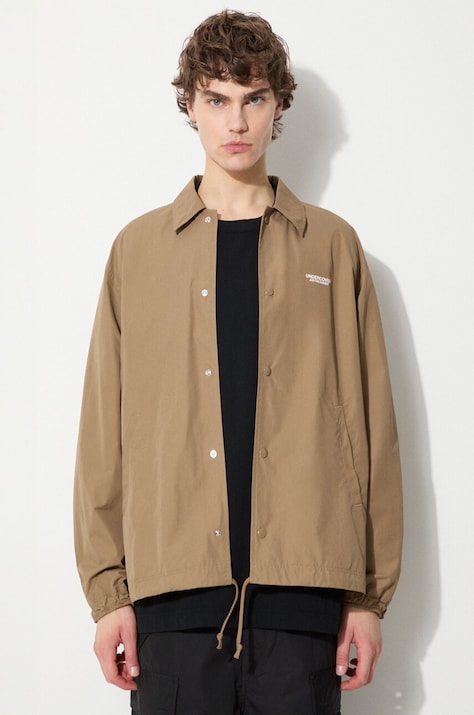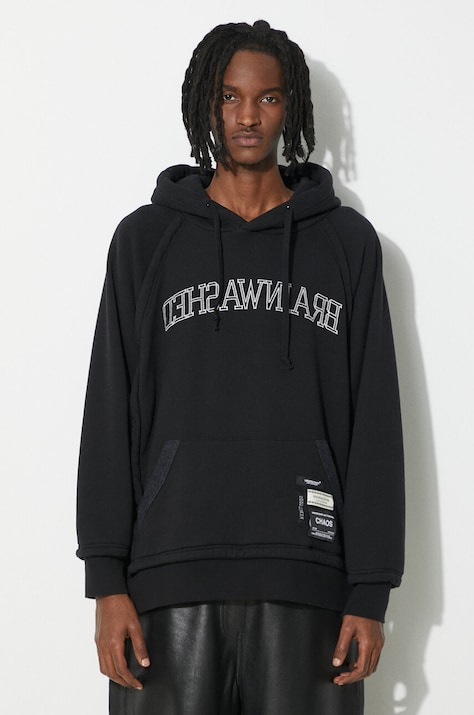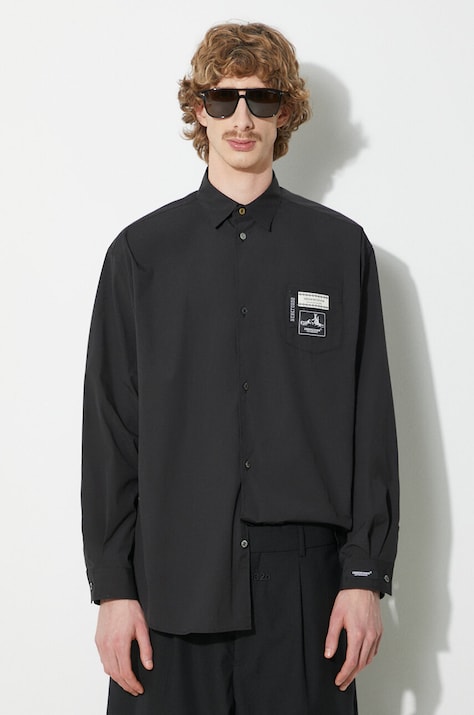Undercover
Number of products: 114Undercover – The Origins of a Japanese Streetwear Icon
Undercover—the brainchild of Jun Takahashi—has become one of the defining forces in Japanese streetwear. The label first emerged in the early 1990s, right in the heart of Tokyo’s buzzing Harajuku district. Born from a wild spirit that fused punk attitude with painstaking Japanese artistry, Undercover was never meant to blend in. Takahashi’s journey started at the renowned Bunka Fashion College, where he soaked up the energy of subcultures and music scenes. The raw, anarchic pulse of bands like the Sex Pistols didn’t just inspire him—it set him on a path to create fashion that would shake up the world.
From day one, Undercover has been summed up as “strange, but beautiful”—a phrase that fits Takahashi’s punk-infused approach to a tee. Drawing inspiration from icons like Vivienne Westwood and armed with a DIY mindset, he began by designing graphics and clothes for his own band, the Tokyo Sex Pistols. The earliest Undercover pieces? Experimental t-shirts with a rebellious streak—a total departure from staid high fashion, but a perfect fit for adventurous Tokyo youth.
Jun Takahashi and the Birth of Undercoverism
Designer Jun Takahashi didn’t just launch a label—he lit a fire under an entire movement. In 1993, he teamed up with Nigo (who would later go on to found A Bathing Ape) to open the legendary Nowhere store in Harajuku. This wasn’t just a shop; it was ground zero for Undercover’s debut and the beginning of a timeline that saw undercover founder Jun push street fashion into uncharted territory. Their rallying cry? “We Make Noise, Not Clothes.” It was a bold promise to shake up conventions, both in concept and design.
The Japanese streetwear label quickly caught fire, its Undercover collections blending Western punk grit with avant-garde Japanese vision. As the Harajuku neighborhood’s Ura-Harajuku scene exploded with creativity and cultural mashups, Undercover rode that wave—redefining not just local style, but the wider Japanese fashion landscape.
From Local Cult Status to Global Acclaim – Undercover Brand Timeline
By the late 1990s and into the 2000s, Undercover had gone from underground cult favorite to international sensation. The brand’s Paris Fashion Week debut in 2002—cheered on by Rei Kawakubo of Comme des Garçons—was nothing short of a game changer. Standout collections like SS2003 SCAB tackled anti-war themes head-on, brimming with conceptual flair and innovative tailoring that grabbed global headlines. Industry titans such as Mainichi Shimbun and Miuccia Prada soon took notice, solidifying Undercover’s place alongside luxury fashion royalty.
Season after season, Takahashi balanced chaos with elegance—he made destruction look beautiful and rebellion feel refined. This artful tug-of-war became Undercover’s signature: punk yet polished, political yet wearable, experimental yet commercial enough to intrigue even the most discerning shoppers.
Undercover’s Creative Philosophy and Enduring Influence
The spirit of Undercoverism is all about fearless exploration. Jun Takahashi consistently delivered collections that mirrored society’s pulse while remaining timeless. Whether taking aim at media manipulation with BRAINWASHED GENERATION, or weaving in nods to cult films and dystopian sci-fi, Undercover always danced to its own beat.
This refusal to play by anyone else’s rules propelled Takahashi to the very top—not just in Japan, but across the global streetwear map. The brand Undercover has inspired wave after wave of designers and paved the way for today’s genre-defying fashion labels. At the heart of Undercover’s magic are its collaborations—Takahashi relishes partnerships that fuse street culture with high-fashion craft, producing limited-edition collections that collectors scramble to get their hands on.
Pushing Boundaries: Undercover Collections Through the Decades
The history of Undercover is written in unforgettable seasons—think AW2002 Witch’s Cell Division or SS2000 Teaser—each marking another leap into avant-garde territory. From rallying cries like “PEACE THROUGH ANARCHY” to sly jabs with prints (“MEDIA IS GOD”), Takahashi’s creations are tuned into the zeitgeist yet destined to outlast passing trends. For those who crave authenticity over empty hype, there’s no brand quite like Undercover.
Product Diversity – Categories and Characteristics of Undercover Items
If there’s one thing Undercover doesn’t do, it’s playing it safe. The label boasts an eclectic menu, seamlessly pairing streetwear staples with sharp tailoring straight out of a designer’s sketchbook. Here’s a taste:
- Tops: Graphic tees that make a statement, sweatshirts, hoodies, blouses, and long-sleeves crafted from soft cotton or breezy linen
- Pants Men’s Undercover: Wool blends, denim jeans, culottes, shorts—all offering comfort spiked with subversive attitude
- Outerwear: Jackets Men’s Undercover, blousons, denim coats, down puffers—each boasting standout construction and unexpected detailing
- Knitwear: Cozy wool jumpers and stylish knit tops merging artisan skill with streetwise edge
- Dresses & Skirts: Eye-catching silhouettes for those who want something leagues beyond ordinary fare
- Accessories: Baseball caps, backpacks, compact bags—the finishing touches every undercover devotee needs
The collection caters across women’s and men’s sections, offering sizes from XS right through XL and plenty of unisex options too. Color choices? Everything from classic black and white to daring reds, lush pinks, verdant greens, deep navy, beige, and gray—so you can keep it understated or go bold.
Dive into any Undercover piece and you’ll find the same theme running through: duality. These are clothes that look at home on city streets but just as easily belong on gallery walls. Every season brings new shapes and surprise twists—proof that fashion undercover never sits still at the cutting edge.
The Ongoing Evolution of the Japanese Label Undercover
The saga of Undercover is one of relentless reinvention. Through bold storytelling, avant-garde designs, and an unwavering devotion to craft, Undercover keeps showing us what it really means to be a trailblazer—in both streetwear circles and high-fashion runways alike.






